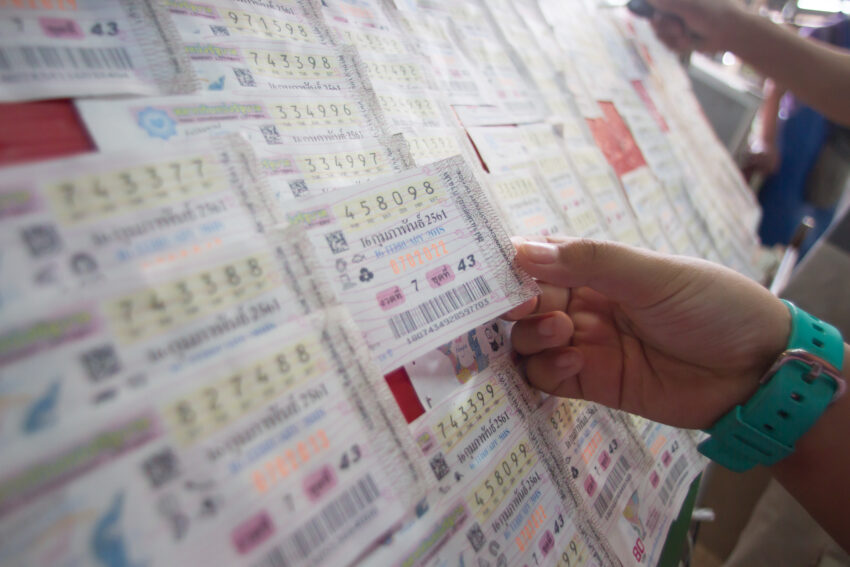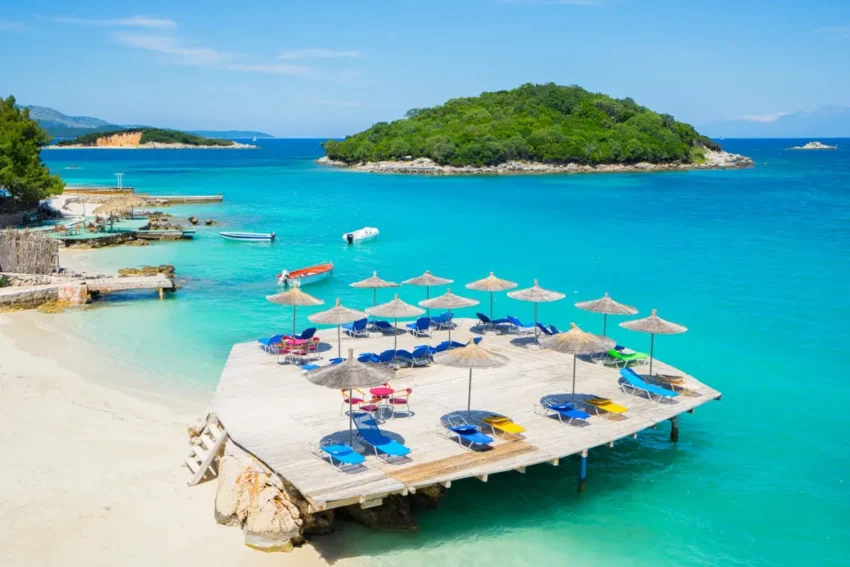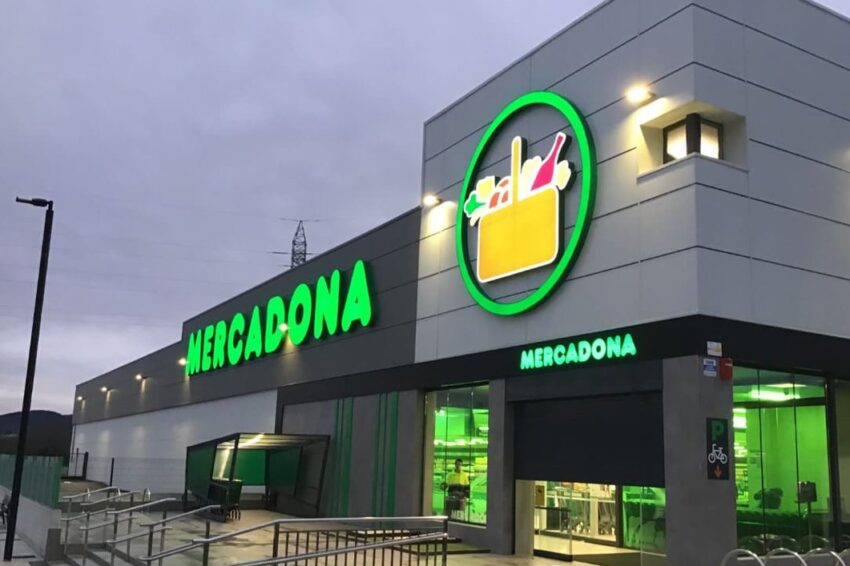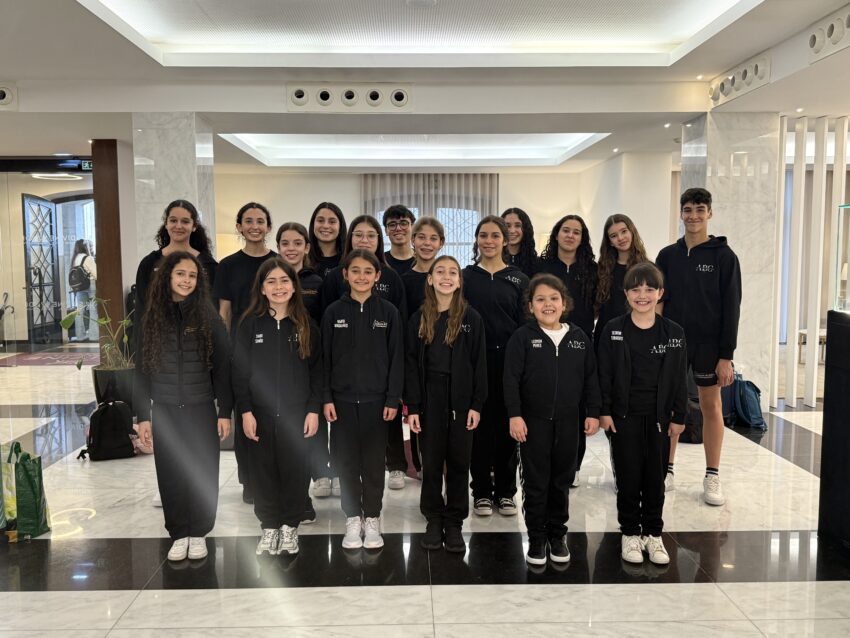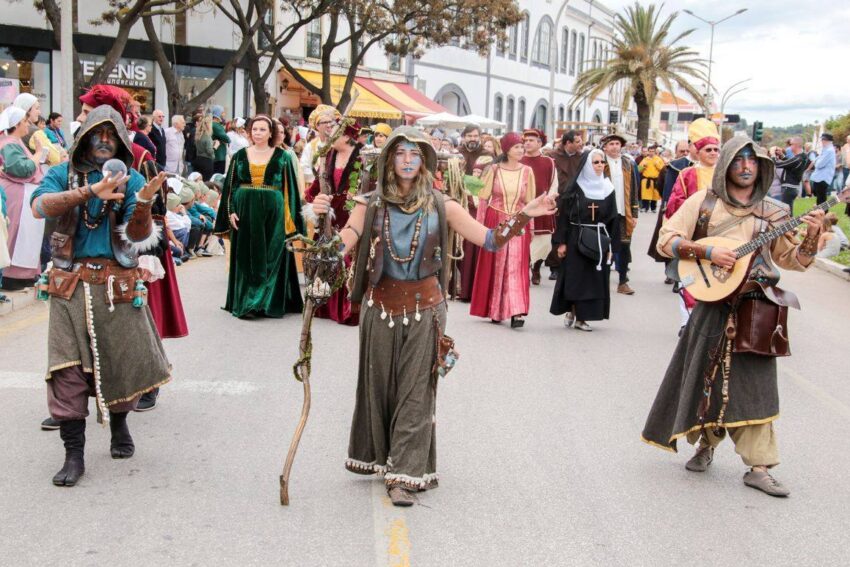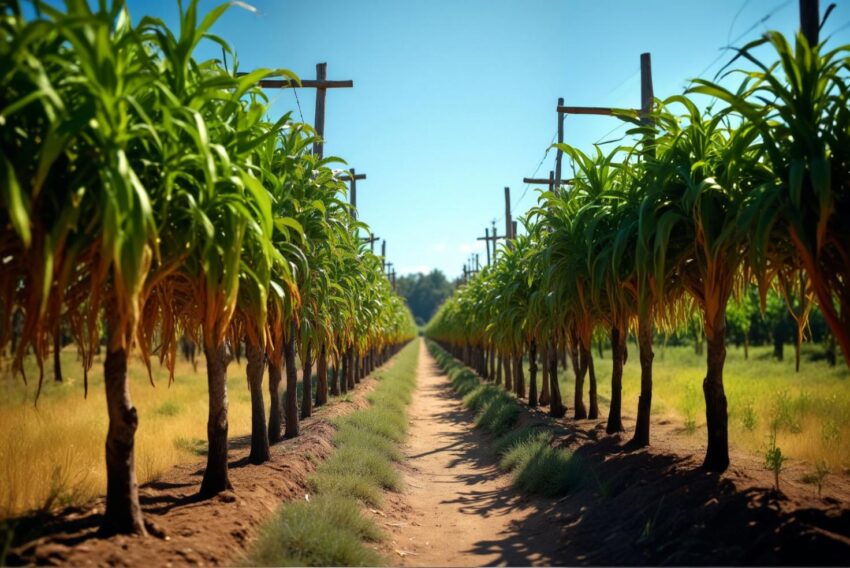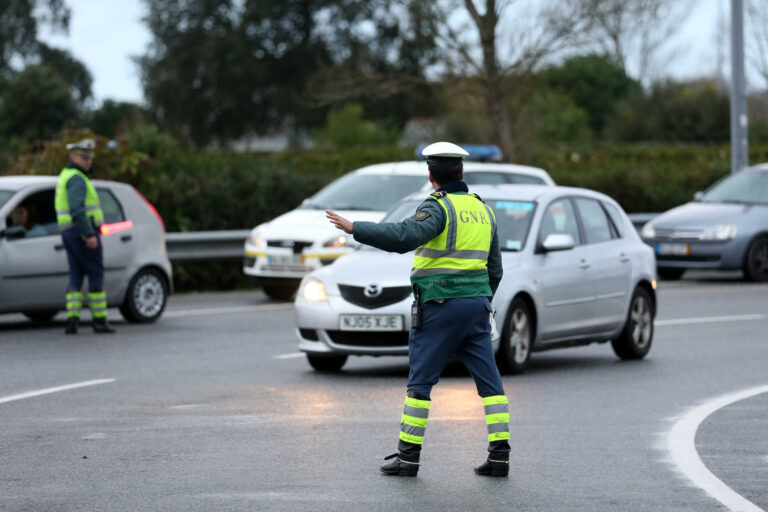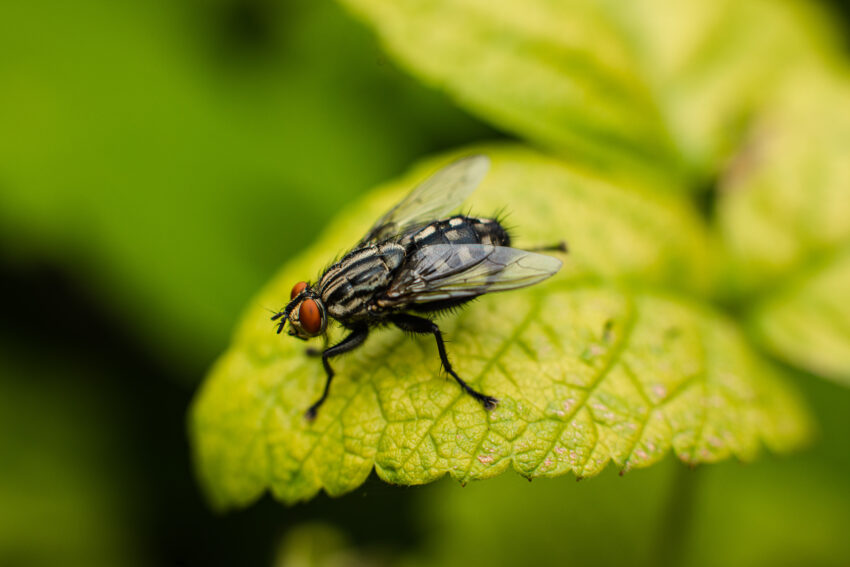Grécia:
Os esplendores da Páscoa grega são lendários. As famílias acendem as Velas Sagradas (a “Lambatha”) à meia-noite na Igreja, aguardando a Ressurreição de Cristo, a escuridão se transformando lentamente em Luz extática, os gritos de “Christo Anesti!” ecoando a noite toda enquanto as famílias comem seu primeiro alimento pós-quaresmal, um ovo vermelho. Os gregos festejam com pão doce de Páscoa (Tsoureki), ensopado de cordeiro (Magiritsa) e o famoso cordeiro assado.

O ponto alto da noite é quando todos comungam a Igreja durante a Missa da Meia-Noite de Páscoa, que se estende até a manhã do dia seguinte, comumente às três da manhã. O cheiro de incenso que acompanha as orações dos fiéis lembra a solenidade desta ocasião. Se alguém tem vocação religiosa, deve visitar a Páscoa grega no Sagrado Monte Athos para uma experiência verdadeiramente empolgante. Lá, vivencia-se a Páscoa como era em Bizâncio, antigamente, com toda a sua pompa e glória. Imperdível.
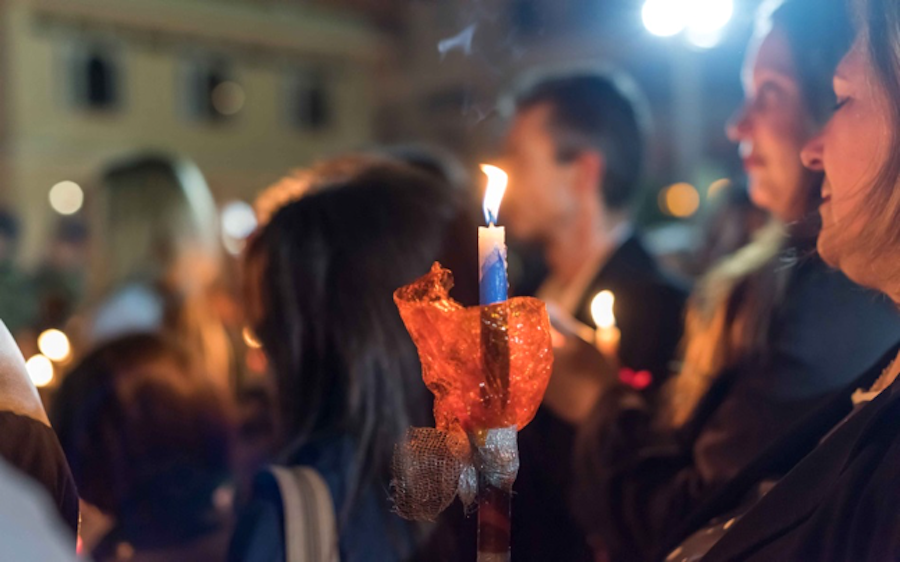
Roménia:
A Páscoa romena é uma joia escondida com muitas tradições maravilhosas. Assim como os gregos, os romenos prezam a tradição de pintar ovos. Acredita-se na Romênia que aqueles que quebrarem ovos tingidos e abençoados durante a Páscoa se verão no alem. Os pratos da Páscoa incluem drob (cordeiro), ciorbă de miel (sopa de cordeiro), cozonac (pão doce) e Pască, um delicioso pão tipo cheesecake feito com creme, queijo ou passas. Assim como na Grécia, o ponto alto da celebração da Páscoa é no meio da noite, quando as famílias se reúnem na igreja para receber a comunhão, após muitas horas de orações e tradições antigas que remontam à antiga Bizâncio. A Romênia difere da Grécia por ser uma cultura latina, não helênica ou eslava, mas é ortodoxa na fé como os gregos, portanto, compartilham muitos costumes da Páscoa.
O momento mais sagrado durante a Missa de Páscoa é a Comunhão. Após proclamar “Hristos a înviat!” (“Cristo ressuscitou!”) seguido de “Adevărat a înviat!” (“Verdadeiramente, Ele ressuscitou!”), as pessoas se reúnem e recebem a Comunhão na Igreja. A doutrina da Igreja afirma que é preciso comungar pelo menos uma vez por ano durante a Páscoa, o período mais sagrado do ano para os povos ortodoxos.
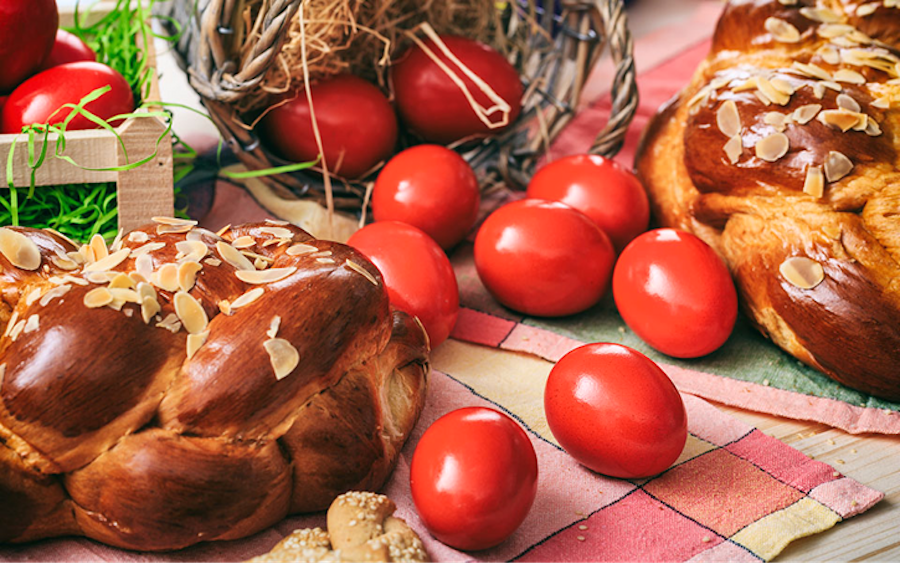
Escandinávia:
Os suecos celebram o Natal protestante com gravlax, arenque, ovos e cordeiro assado. O arenque em conserva costuma ser a peça central de um bufê. Galhos de bétula decoram a mesa de jantar e também as casas. Isso vem de uma antiga tradição em que as pessoas na Idade Média se chicoteavam como punição pela morte de Cristo. Durante a Semana Santa, fogueiras eram acesas para assustar as bruxas na Idade Média. Hoje em dia, as crianças se vestem de bruxas e vão de casa em casa durante a Quinta-feira Santa ou na véspera da Páscoa pedindo doces. Outra tradição sueca é o Påskägg (ovo de Páscoa). O ovo de plástico americano com doces é desconhecido na Suécia; em vez disso, ovos de chocolate são dados. Na Finlândia, as crianças carregam galhos para suas casas e repetem o seguinte verso:
“Eu aceno com um galho para um ano novo fresco e saudável; um galho para você, um presente para mim!”
na esperança de que a boa sorte chegue à casa. Os costumes e comidas natalinas tendem a ser semelhantes entre os países escandinavos. Os noruegueses costumam tirar o feriado da Páscoa para esquiar e tomar um café da manhã com panquecas e laranjas.
*Rafael Kopp Alvarez Procopiak, nascido no Brasil. Brasília, Distrito Federal. Iniciou estudos em Washigton, DC onde cumpriu o pré-escolar e o início da educação primária. Nessa época, acompanhou os pais (ambos diplomatas) juntamente com as duas irmãs. Em seguida, a família foi transferida para Moscou, onde prosseguiu os estudos na American School. De volta ao Brasil, continuou na American School em Brasília. Nos anos seguintes, viveu na Argentina, México e Canadá.
Na Argentina, prosseguiu os estudos na ST.George’s School, escola inglesa vinculada ao sistema educacional britânico. No México, cursou parte da secundária na “Greengates School”, também de orientação britânica, e no Canadá , Toronto, finalizou a secundária. Em Montreal, ingressou e concluiu o Bachelor’s degree in Psichology, onde foi destacado na Dean’s Letter dentre os 100 melhores estudantes da Universidade. (Concordia University) Rafael também colaborou como voluntário se integrando na equipe de boas vindas aos novos alunos apresentando o campus da universidade. Em Potugal, Faro, trabalhou também como voluntário na charitable borganization “Existir”. Como parte do programa de Mestrado em Turismo, que concluiu na Unviversidade do Algarve, Rafael foi co-autor de artigos publicados em revista britânica especializada em lazer e turismo.
Bibliografia:
https://www.greece-is.com/ultimate-guide-greek-easter/
retrieved 4/21/2025 12:02:13 PM
https://rolandia.eu/en/blog/romanian-culture-traditions/easter-in-romania-the-significance-behind-one-of-romania-s-most-important-holidays?srsltid=AfmBOoqnsQK3sunzCRGgvIbBiXYIKCHp70JWk4FXCiwzMcoiyw3FPMiU
retrieved 4/21/2025 12:02 PM
https://www.romania-insider.com/easter-traditions-romania-2025
retrieved 4/21/2025 12:02 PM
https://sweden.se/culture/celebrations/easter-in-sweden
retrieved 4/21/2025 12:03 PM
https://silveropus.com/3-swedish-easter-traditions/
retrieved 4/21/2025 12:03 PM
https://swedishness.ch/blogs/news/the-complete-guide-to-scandinavian-easter-how-to-celebrate-easter-in-the-nordics-including-a-few-recipes?srsltid=AfmBOook8xTi5oFydO3phkKEqeJ2-1wWLT_2PAbKKT7SGSBcpzFtsk6q
retrieved 4/21/2025 12:03 PM
Leia também: Sob uma lua oriental: Reflexões de um viajante brasileiro no Vietnã | Por Rafael Procopiak [em português e inglês]
Pascha in Europe | By Rafael Procopiak
Greece:
The Splendors of Greek Easter are legendary. Families light the Holy Candles (the “Lambatha”) at midnight in Church awaiting the Resurrection of Christ, the darkness turning slowly to ecstatic Light, the cries of “Christo Anesti!” ringing throughout the night as families eat their first post Lenten food, a red colored egg. Greeks feast on specially made Easter sweet bread (Tsoureki), Lamb stew (Magiritsa) and the famous roast lamb.

The high point of the night is when everybody takes their Communion in Church during the midnight Easter Mass which lasts into the morning of the next day, three in the morning very commonly. The smell of burnt incense accompanying the prayers of the faithful reminds one of the solemnity of this occasion. If one is of a religious disposition one must visit Greek Easter in Sacred Mount Athos for a truly harrowing experience. There one experiences Easter as it was in Byzantium of old long ago with all its pomp and glory. Not to be missed.

Romania:
Romanian Easter is a hidden gem with many wonderful traditions. Much like the Greeks Romanians cherish the egg painting tradition. It is believed in Romania that those who crack blessed dyed eggs during Easter will see each other in the afterlife. Easter foods include drob (lamb), ciorbă de miel (lamb soup), cozonac (swirling sweat bread) and Pască which is a delicious cheesecake like bread made with cream, cheese or raisins. Much like in Greece the high point of the Easter celebration is in the middle of the night when families gather in Church to receive their Communion, this after many hours of prayers and centuries old traditions which date back to ancient Byzantium. Romania differs from Greece in that it is a Latin Culture not Hellenic or Slavic, yet it is Orthodox in faith like the Greeks, thus they share many Easter customs. The most sacred moment during the Easter Mass is the Communion. After proclaiming “Hristos a înviat!” (“Christ has risen!”) Followed by “Adevărat a înviat!” (“Truly, He has risen!”) people gather together and receive their Communion in Church. Church teaching states that one must Communion at least once a year during the Easter season, this is the most Sacred time of the year for Orthodox Christians.

Scandinavia:
Swedes celebrate a Protestant Christmas with gravlax, herring, eggs and roast lamb. Pickled Herring is often the centerpiece of a smorgasbord. Birch twigs decorate the dinner table and are also decorated around houses. This comes from an old tradition where people in the Middle Ages whipped themselves as punishment for Christ’s death. During Holy Week bonfires would be lit to scare witches in the Middle Ages. Nowadays children are dressed as witches and go from house to house during Maundy Thursday or the day before Easter asking for candy. Another Swedish tradition is the Påskägg (Easter egg). The American plastic egg with candy is unknown in Sweden, rather chocolate eggs are given. In Finland children carry branches to their homes and repeat the following verse:
“I wave a twig for a fresh and healthy year ahead; a twig for you, a treat for me!”
hoping that good fortune comes upon the house. Christmas customs and foods tend to be similar across Scandinavian nations. Norwegians tend to take the Easter holiday off for skiing and eat a breakfast of pancakes and oranges.
*Rafael Kopp Alvarez Procopiak, born in Brazil. Brasília, Federal District. He began his studies in Washington, DC, where he completed pre-school and early elementary school. At that time, he accompanied his parents (both diplomats) along with his two sisters. The family then moved to Moscow, where she continued her studies at the American School. Back in Brazil, she continued at the American School in Brasilia. In the following years, he lived in Argentina, Mexico and Canada.
In Argentina, he continued his studies at ST.George’s School, an English school linked to the British education system. In Mexico, he attended part of secondary school at the Greengates School, also British, and in Canada, Toronto, he finished secondary school. In Montreal, he entered and completed his Bachelor’s degree in Psychology, where he was featured in the Dean’s Letter as one of the university’s top 100 students. (Concordia University) Rafael also worked as a volunteer on the team welcoming new students and introducing them to the university campus. In Potugal, Faro, he also worked as a volunteer for the charitable organization “Existir”. As part of the Master’s programme in Tourism, which he completed at the University of the Algarve, Rafael co-authored articles published in a British magazine specializing in leisure and tourism.
Bibliography:
https://www.greece-is.com/ultimate-guide-greek-easter/
retrieved 4/21/2025 12:02:13 PM
https://rolandia.eu/en/blog/romanian-culture-traditions/easter-in-romania-the-significance-behind-one-of-romania-s-most-important-holidays?srsltid=AfmBOoqnsQK3sunzCRGgvIbBiXYIKCHp70JWk4FXCiwzMcoiyw3FPMiU
retrieved 4/21/2025 12:02 PM
https://www.romania-insider.com/easter-traditions-romania-2025
retrieved 4/21/2025 12:02 PM
https://sweden.se/culture/celebrations/easter-in-sweden
retrieved 4/21/2025 12:03 PM
https://silveropus.com/3-swedish-easter-traditions/
retrieved 4/21/2025 12:03 PM
https://swedishness.ch/blogs/news/the-complete-guide-to-scandinavian-easter-how-to-celebrate-easter-in-the-nordics-including-a-few-recipes?srsltid=AfmBOook8xTi5oFydO3phkKEqeJ2-1wWLT_2PAbKKT7SGSBcpzFtsk6q
retrieved 4/21/2025 12:03 PM
Read also: Under an Oriental Moon: Musings of a Brazilian traveller in Vietnam | By Rafael Procopiak

O Europe Direct Algarve faz parte da Rede de Centros Europe Direct da Comissão Europeia. No Algarve está hospedado na CCDR Algarve – Comissão de Coordenação e Desenvolvimento Regional do Algarve.
CONSULTE! INFORME-SE! PARTICIPE! Somos a A Europa na sua região!
Newsletter * Facebook * Twitter * Instagram




